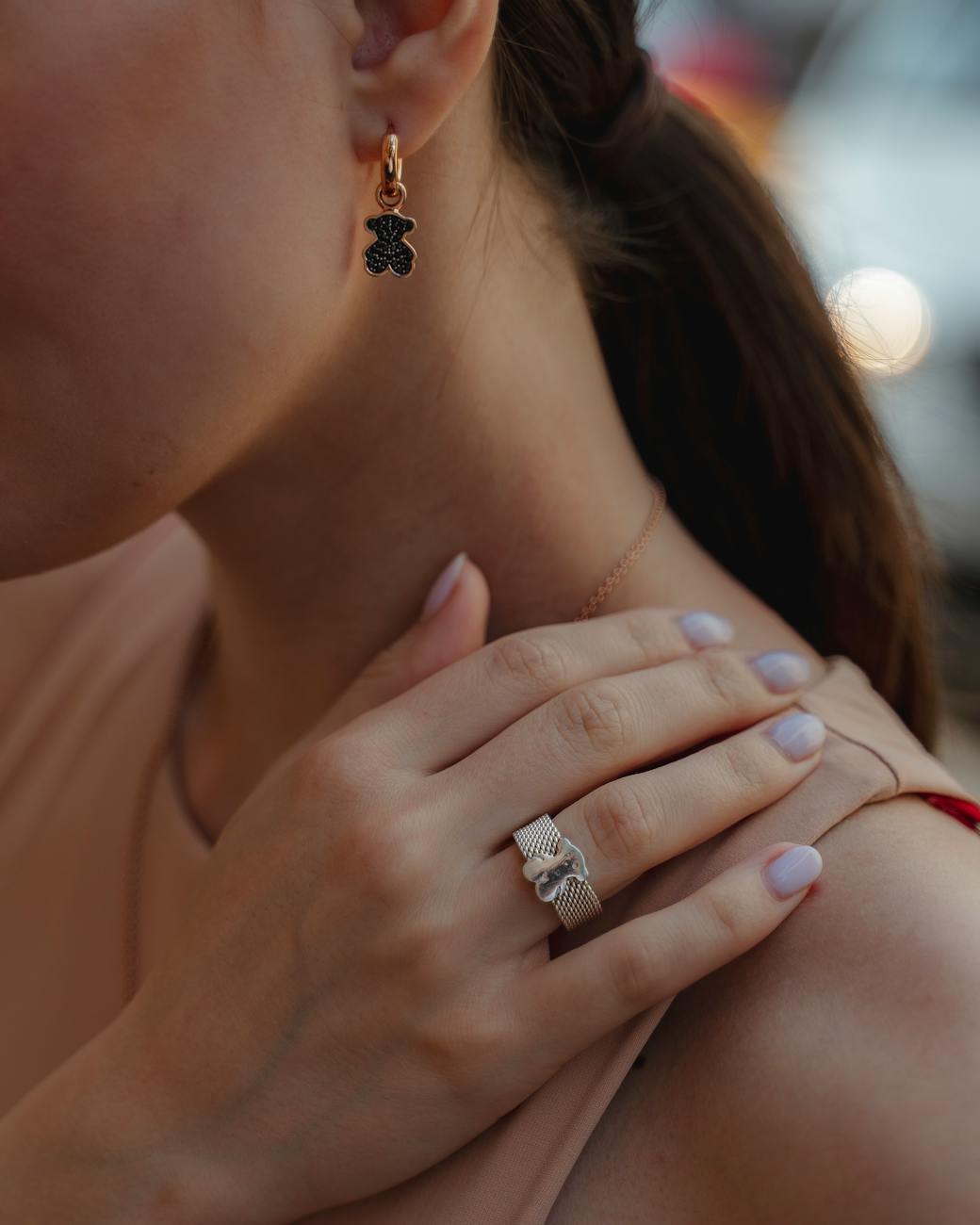Our Location
304 North Cardinal St.
Dorchester Center, MA 02124

Lisa sat at her desk, staring at her freshly broken nail—the third one this week. The jagged edge mocked her attempts at looking professional, and she quickly hid her hands under the desk as her colleague approached. At 32, she felt like she had the nails of an 80-year-old, brittle and embarrassing. She’d given up on manicures months ago because there was simply nothing to work with.
Studies show that 68% of women are dissatisfied with their nail health, yet nail problems are often dismissed as “cosmetic concerns” rather than health indicators. Dr. Patricia Williams, a dermatologist specializing in nail disorders, states, “Nail health reflects overall health. Brittle, peeling nails often indicate nutritional deficiencies, circulation issues, or underlying health conditions.”
The reality is sobering: 43% of women report having weak, brittle nails, and 31% experience chronic nail peeling. These issues affect not just appearance but also daily activities—from typing to opening packages, healthy nails are essential for basic tasks.
Nail problems stem from multiple factors working together to weaken nail structure. Poor circulation limits nutrient delivery to nail beds, while nutritional deficiencies—particularly biotin, iron, and protein—starve nails of building blocks they need to grow strong.
Environmental factors compound the problem: frequent hand washing strips natural oils, harsh chemicals in cleaning products damage nail structure, and cold weather reduces circulation to extremities. Even nail care habits like aggressive filing or using nails as tools can cause structural damage.
Nail problems affect women’s confidence and daily life in ways that others rarely recognize. Research from the Journal of Cosmetic Dermatology found that women with nail issues report feeling “less professional” and are 50% more likely to hide their hands in social situations.
Consider Rachel, a 29-year-old marketing manager who started wearing gloves during client meetings. “I was so embarrassed by my peeling nails,” she recalls. “I stopped gesturing when I spoke, kept my hands in my pockets, and even turned down opportunities to present because I was afraid people would notice my nails instead of listening to my ideas.”
The nail industry offers countless expensive treatments that often address symptoms rather than root causes. Gel manicures cost $35-$60 every two weeks but can actually weaken natural nails. Professional nail strengthening treatments range from $50-$100 per session with temporary results. Prescription nail hardeners can cost $200-$300 annually and may contain harsh chemicals.
Take Jennifer’s journey: she spent over $2,000 annually on gel manicures, nail treatments, and supplements, only to find her natural nails becoming weaker and more dependent on artificial enhancement. “I was trapped in a cycle of covering up the problem instead of solving it,” she says. “My nails were worse than ever underneath all the treatments.”
The first step in improving nail health is understanding that strong nails aren’t just about appearance—they’re about overall health and self-care. Your nails are living tissue that responds to proper care and nutrition.
Many women blame themselves for weak nails, thinking they’re not doing enough or using the wrong products. This self-criticism is counterproductive—nail health is influenced by genetics, hormones, and lifestyle factors, many of which are beyond your immediate control.
A new approach to nail care focuses on supporting natural nail growth and strength rather than covering up problems with artificial enhancements. This method combines improved circulation with targeted nutrition to create optimal conditions for healthy nail growth.
The key is understanding that nail improvement takes time—fingernails grow approximately 3mm per month, so visible improvement requires 3-4 months of consistent care. Sustainable nail health requires patience and consistency, not quick fixes.
Healthy nails require proper nutrition and a balanced nail microbiome. When harmful bacteria overgrow around nail beds, they can weaken nail structure and cause persistent problems. Natural antimicrobial treatments can restore balance while providing essential nutrients for nail growth.
Research indicates that targeted nail treatments combining natural antibacterial ingredients with strengthening nutrients can improve nail health by 45% over 8 weeks. The gentle approach of working with your body’s natural processes creates lasting results without harsh chemicals.
Five months after starting her LED nail therapy routine, Lisa proudly shows off her natural nails—strong, smooth, and manicure-ready. “The change was so gradual I barely noticed until someone complimented my nails,” she explains. “But then I realized I hadn’t broken a nail in weeks, and I was actually looking forward to my next manicure.”
Her transformation went beyond nail health—she regained confidence in professional settings, started gesturing freely during presentations, and even took up piano lessons, something she’d always wanted to do but felt embarrassed about with her weak nails.
Your nail health journey doesn’t have to be a struggle against weakness and embarrassment. With the right approach, consistency, and patience, you can strengthen your nails naturally and reclaim your confidence.
Remember: healthy nails are a reflection of self-care, not vanity. Every improvement is worth celebrating, and strong nails are within your reach.